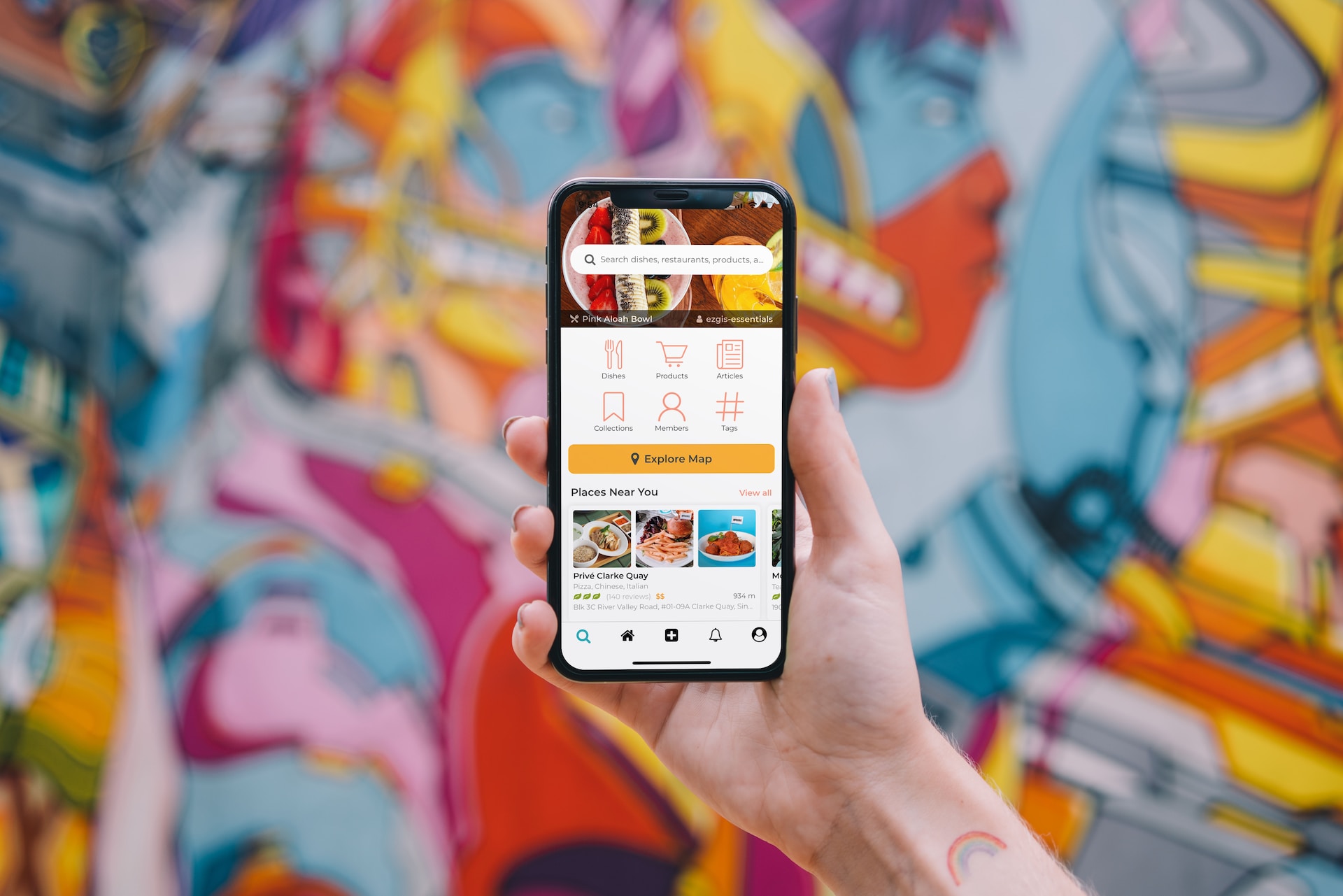
Building a mobile app is a big step forward for any SaaS business. With various available development routes - native, progressive web, hybrid, low-code - it can be hard to know where to start, and which option will be best for you and your business. Each one has its unique pros and cons, and the right choice depends on your specific situation, objectives, resources and constraints. Having already navigated numerous companies through these crossroads, we’ve distilled our experience into this concise guide that can help you find your way as well.
In the realm of mobile apps, you have a few main options:
1. Native Apps (Swift/Obj C, Kotlin/Java):
Built specifically for one platform, like iOS or Android, using its native programming language, they’re typically what you think of as an app. They offer the best performance and leveraging device capabilities to the fullest: you download an actual dedicated app to your device. Native apps do however require fully separate codebases for each platform, which can be time-consuming and expensive.
✅ Ideal for a top-notch user experience when budget and timeline allow
2. Cross-Platform Native Apps (Kotlin Multiplatform Mobile):
These apps use a cross-platform framework to offer truly native apps from a shared codebase. You can still get the performance and capabilities of native apps, but with the efficiency of shared business logic across platforms.
✅ Great choice for achieving native performance with more budget and time efficiency
3. Progressive Web Apps / Mobile Web Apps:
PWAs are websites built using modern web capabilities that make them act like native apps. They live on the web, so no app store is required, but they can offer native-like functionality as long as they are well designed.
✅ Perfect if you want to avoid app stores or don’t need deep integration with device features
4. Hybrid Apps (React Native, Flutter, NativeScript, Capacitor/Ionic):
A hybrid app is essentially a web app disguised as a native app. Hybrid apps use cross-platform frameworks like React Native or Flutter to wrap web code into a native shell. This allows portability across iOS and Android from a single codebase. However, performance is not fully native.
✅ Ideal for businesses needing to ship quickly and cost-effectively to multiple platforms, without needing the top-tier performance of fully native apps
5. Special cases for Turbo-Native:
This approach allows you to wrap an existing Rails app with native APIs and navigation. Turbo-Native can be a good option if you have an existing complex backend and want to quickly build a native mobile frontend without rewriting the backend.
✅ An excellent option if you want to leverage your existing Rails app while adding native mobile functionality
6. Low-Code Tools (Bubble, Flutterflow):
With low-code tools, you can build apps by dragging and dropping components instead of coding. This option can be great for quick prototyping, MVPs and some A/B testing, but flexibility and customization are limited compared to traditional development.
✅ Best for testing new ideas quickly or for businesses without a large development team
So, which approach is the right one for your SaaS app? The simplest answer to that would be: use the solution that fits the stage or the unique needs of your business. Let’s sum this up with some tips that can help you decide, considering your needs, budget, available time and resources (and current tech setup - if you have one already).
Testing a new concept: Low-code platforms might be your quickest way to a working prototype.
Ship fast without a hefty budget: Hybrid apps can get you across multiple platforms quickly.
Bigger budget and need for faster shipping: Cross-platform native frameworks can give you the efficiency of a single codebase with the performance of native apps.
Leverage an existing Rails app: Consider a hybrid approach with Turbo-Native or a similar solution.
No deep integration with device features needed: A web app or Progressive Web App could be the best fit.
You want the best possible UX and have both budget and time to support it: Great! Going fully native may be the best choice for you.
Whichever way you decide to go, make sure to also factor in maintenance. With native apps, it could be tasking to simultaneously maintain multiple platforms. With web or hybrid apps, code written once, runs everywhere.
The point is, there isn’t a one-size-fits-all solution - just like with finding your Product Market Fit, which we have covered in our recent article. The optimal choice depends on your specific aims, resources, and timeline. You can also lean on our experience to define the right strategy based on your SaaS startup’s current position and future trajectory. Let’s connect and craft the perfect mobile solution together.
Right Talent, Right Time
Turnkey technical teams and solo specialists
when you need them for greatest impact.

